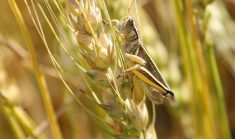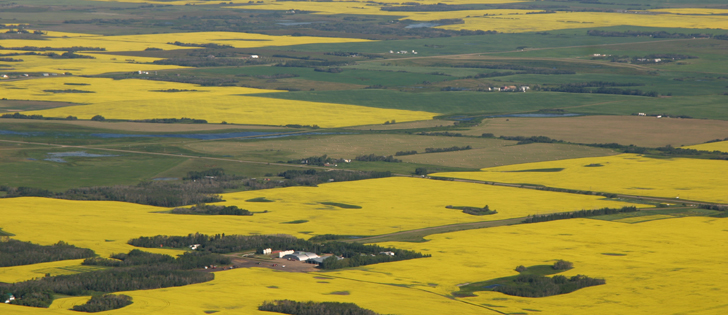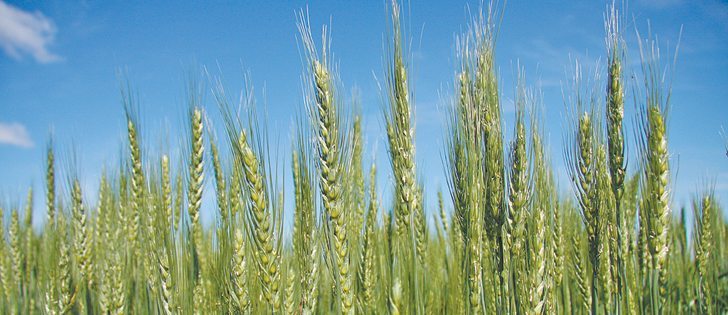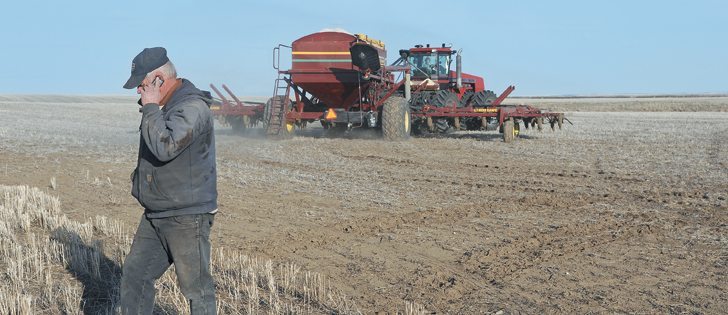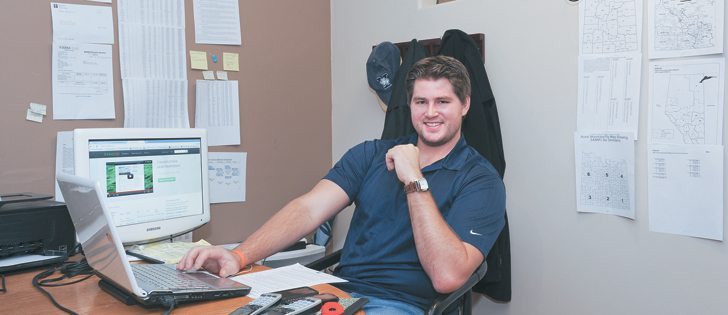ARBORG, Man. — It’s almost as if Lorne Johnson is moving from the shallow to the deep end of a pool as he walks into a field of soybeans north of his farm.
The soybeans become progressively taller the farther he walks into the field, until Johnson is waist deep in 1.1 to 1.2 metre high plants.
Soybeans this tall are extraordinary in Manitoba, but the oilseed is extremely common around Arborg, in the province’s Interlake.
The Rural Municipality of Bifrost-Riverton and the surrounding region have about 250,000 acres of cropland, and this summer soybeans constitute 15 to 20 percent of all acres.
Read Also

Plant-based ‘meat’ faces turning point
The U.S. firm that owns the Yves brand told CBC News that the “meat free” category has been in decline for several years, so the company made the difficult choice to pull Yves Veggie Cuisine products.
In comparison, the northern Interlake had only 1,000 acres of soybeans in 2006, based on crop insurance data. While soybean acres have expanded similarly in other parts of Manitoba, the logic behind the rapid adoption is different around Arborg.
Producers in the area are now seeding soybeans instead of canola because beans are more tolerant of wet or soaked soil.
[yop_poll id=”44″]
Excess moisture and overland flooding hammered crop production in the northern Interlake for several years in the mid-to-late 2000s. The conditions were so severe that many farmers bought combines with tracks because fields were too soft to support machines equipped with tires.
The financial losses were also severe. Crop insurance payouts and excess moisture claims in the region totalled about $22 million in 2005, 2008 and 2009.
This summer, storms that saturated fields in other parts of the Prairies skirted the area around Arborg, said Derrick Chomokovski, a Manitoba Agriculture farm production adviser for the Interlake.
A few fields north and east of Arborg had drowned out spots in early August, and there were puddles on gravel roads. But overall, crops in the region looked fantastic.
Soybean fields were lush and had the dark green colour of healthy plants, canola crops were loaded with pods, and oats, which remain popular in the area, also looked promising.
Chomokovski said conditions are similar to 2013, a year of bumper crops in Bifrost and much of Western Canada.
Farmers around Arborg are better prepared to cope with wet growing conditions than they were in the mid-2000s because they have adopted soybeans and abandoned crops that can’t handle 50 to 100 millimetres of rain.
In addition to the shift to soybeans, producers are taking steps to improve drainage and mitigate water-related problems within the RM.
In 2008, a group of farmers created the Bifrost Agricultural Sustainability Community Service Cooperative Inc. (BASIC).
The founding principle behind BASIC was that drainage and water management affect all landowners in the municipality, which stretches east to Lake Winnipeg.
“We decided (to) look at this area (the RM) as one big field,” said Brian Johnson, who farms and runs Johnson Seeds north of Arborg.
Johnson and other directors of BASIC hired a company to conduct an aerial survey to gather topographical data.
“We had that done for the RM of Bifrost,” said Len Loewen, a BASIC director who farms near Riverton.
“So we have the elevations. That’s getting back to that municipality as a field idea.”
BASIC then contracted an engineering firm to study the topography and recommend drainage projects that would benefit the entire municipality.
In July, the Manitoba and federal governments contributed $1 million to the BASIC initiative to aid “water management solutions” in the RM.
BASIC, which has 90 percent of RM farmers as members, plans to institute an annual levy on producers to pay for future drainage projects.
Loewen said they want to generate local funds and then attract matching investment from the federal and provincial governments.
In addition to new drainage and improving existing ditches, the directors of BASIC are also considering other remedies for excess moisture.
One possibility is tile drainage, and the research farm near Arborg, the Prairies East Sustainable Agricultural Initiative (PESAI), has installed tile to evaluate its effectiveness.
Johnson said farmers in the region are just starting to consider drainage tile, so results from the research farm could lead to local adoption.
Other water tolerant crops, besides soybeans, may also be part of the solution.
“We’ve seen a huge increase in forage seed grass (acres) … whether it’s timothy or reed canary(grass),” Chomokovski said.
As well, researchers at the PESAI site are evaluating varieties of canola and flax for water tolerance to find ways to maintain those oilseeds in the region.
Such innovations and the adoption of soybeans should improve the resilience of agriculture in Bifrost-Riverton, but those measures have limitations, Johnson said.
Ditches and the drainage network in the RM must be improved to get water off agricultural land.
“It boils down to infrastructure,” Johnson said.
“If we have a saturated soil and you get a three inch rainfall … you have to get the water off in 36 hours and then the losses are very minimal. That’s what we’re aiming with (for) this project.”






